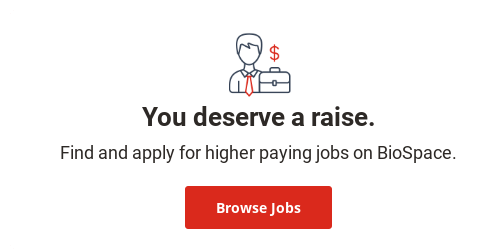Handling Pre-Employment Screenings and Assessments
Employers are increasingly using pre-screening and assessment techniques early in the interviewing process, typically after one or more initial phone screenings and before the first face-to-face interview. Sometimes they are used only when the field is narrowed down to just a few candidates. Meagan Wilson, Martin Kurzweil and Rayane Alamuddin reported on a 2017 survey in which 63% of employers surveyed were using pre-employment assessments. A 2016 study by the Society for Human Resource Management (SHRM) put the number at 82%.
Pre-screens and assessments are aimed at assuring the company is hiring a reliable and qualified candidate. Testing prospective hires is intended to mitigate concerns about placing candidates in key positions without having experienced how they perform on the job. Assessments can gauge how well a candidate can perform a role’s functions, as well as mesh with other team members.
The use of pre-employment screenings and assessments has increased in part because technology has facilitated their administration and scoring. The study Wilson, Kurzweil and Almuddin cited in their report noted that 89% of assessments are delivered online. The researchers also point to a growing distrust of “the traditional signaling credentials such as academic degrees, industry association endorsements, and state licensures.”

Assessments may measure such areas as personality, skills, behaviors, motivation and attitudes. Another area sometimes assessed is honesty and integrity. General reasoning or cognitive tests to evaluate how quickly candidates can process new information and evaluate complex scenarios are gaining popularity. Among the types of pre-screens and assessments that employers may require are:
- Predictive Index, which measures a person’s motivating drives and needs.
- Kolbe A™ Index, which gauges instinctive methods of operation, and identifies the ways a candidate will be most productive.
- Occupational Personality Questionnaire, a work-styles assessment predicting performance, potential and fit.
- Hogan Development Survey, according to its website, “describes the dark side of personality – qualities that emerge in times of increased strain and can disrupt relationships, damage reputations and derail peoples’ chances of success.”
- Myers-Briggs Type Indicator (MBTI) is a well-known personality assessment, the use of which in hiring is controversial at best. Even the Myers-Briggs Foundation cautions against its use this way and provides additional references on why the MBTI is problematic for pre-employment screening: “Although there are many useful applications of the MBTI assessment in the workplace, there are ethical concerns in using it for hiring purposes,” the Foundation states.
- Simmons Personal Survey uses 57 performance indicators to measure job-related emotional and behavioral tendencies, such as energy, stress, optimism, self-esteem, commitment to work and more, according to its website.
- Step One Survey, which “sheds light into a candidate’s work ethic, reliability, integrity, propensity for substance abuse and attitudes toward theft,” its website says.
- Caliper Profile, which, per its website, measures an individual’s personality characteristics and individual motivations to predict on-the-job behaviors and potential.
- DiSC, which profiles four primary behavioral styles (dominance, influence, steadiness, and conscientiousness).
- Business Values and Motivators measures team fit and culture fit.
What to Know about Pre-Employment Assessments and How to Prepare
Candidates should be aware of what they’re getting into before undergoing pre-screens and assessments. Consider requesting information on the purpose of the assessment as well as its validity and reliability, criteria for pre-selection, privacy practices for the assessment results, as well how the test will be administered. Obviously, posing these questions can come off as confrontational. Be polite and diplomatic, asking these questions only if you feel comfortable with the interviewer.
The degree to which you can prepare for pre-screens and assessment varies with the method used. In fact, many assessments are designed so that the user cannot prepare for them. You may be able to connect with others who have taken the same assessment to get a feel for what it’s like. On test day, arrive well-rested and seek to take the assessment in quiet, private surroundings. If the employer requires multiple assessments, avoid assessment burn-out by taking time in between to stretch, quench your thirst, and mentally unwind before proceeding to the next assessment.
If possible, skim the assessment so you have an idea of how much time to devote to each question or section. During the assessment, apply the techniques you normally summon to subdue stress and keep yourself relaxed. Give honest responses and as much detail as possible. Employers are looking for how well you fit into the organization. Painting a false picture of yourself may result in a poor fit between you and the employer.
Some organizations use questionnaires and essay-style assessments, which may be more informal and not tech-driven. For these kinds of assessments, it pays to have maintained a record or journal of successes and past work accomplishments. Be aware that the employer may later check your references regarding what you’ve written.
Final Thoughts
Some people are unnerved at the idea of any kind of testing. If looming pre-employment testing has you rattled, calm yourself by realizing…
- For many kinds of assessments – personality, behavior, values, and attitude assessments – there are no right or wrong responses.
- Legally, an assessment cannot be the sole reason for ending a candidate’s consideration.
- The assessment isn’t the only factor in the hiring decision and isn’t necessarily a deal-breaker if the employer doesn’t see the desired results.
